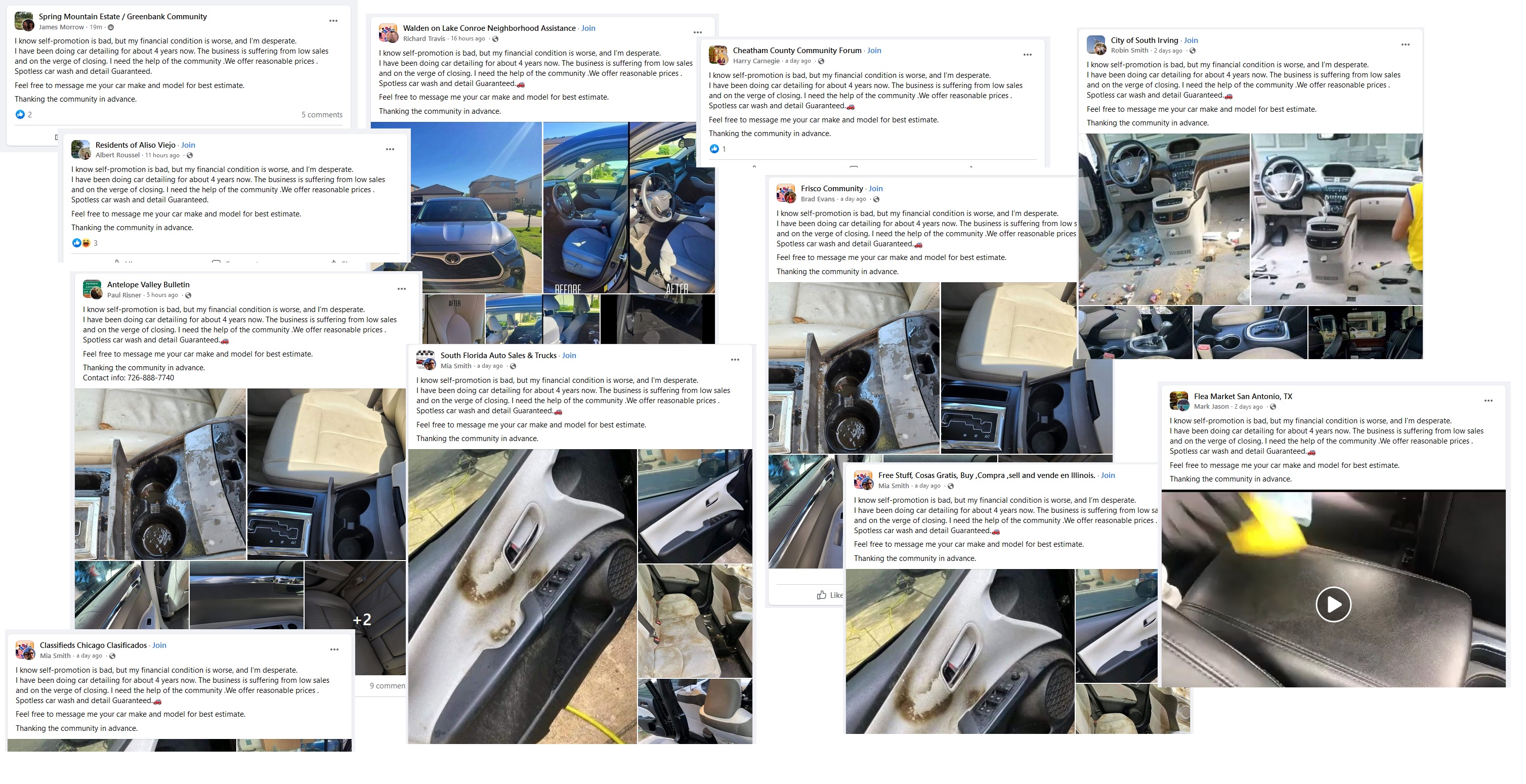Australia
4449 readers
101 users here now
A place to discuss Australia and important Australian issues.
Before you post:
If you're posting anything related to:
- The Environment, post it to Aussie Environment
- Politics, post it to Australian Politics
- World News/Events, post it to World News
- A question to Australians (from outside) post it to Ask an Australian
If you're posting Australian News (not opinion or discussion pieces) post it to Australian News
Rules
This community is run under the rules of aussie.zone. In addition to those rules:
- When posting news articles use the source headline and place your commentary in a separate comment
Banner Photo
Congratulations to @Tau@aussie.zone who had the most upvoted submission to our banner photo competition
Recommended and Related Communities
Be sure to check out and subscribe to our related communities on aussie.zone:
- Australian News
- World News (from an Australian Perspective)
- Australian Politics
- Aussie Environment
- Ask an Australian
- AusFinance
- Pictures
- AusLegal
- Aussie Frugal Living
- Cars (Australia)
- Coffee
- Chat
- Aussie Zone Meta
- bapcsalesaustralia
- Food Australia
- Aussie Memes
Plus other communities for sport and major cities.
https://aussie.zone/communities
Moderation
Since Kbin doesn't show Lemmy Moderators, I'll list them here. Also note that Kbin does not distinguish moderator comments.
Additionally, we have our instance admins: @lodion@aussie.zone and @Nath@aussie.zone
founded 2 years ago
MODERATORS
1826
1827
33
Record number of Australians at risk of mortgage stress as RBA interest rate rises bite
(www.theguardian.com)
1828
1829
1830
198
A near 100pct renewable grid for Australia is feasible and affordable, with just a few hours of storage
(reneweconomy.com.au)
1831
1832
1833
129
How did Australia’s university system get so broken? Pretty much the same way as everything else
(www.theguardian.com)
1834
1835
1836
1837
1838
1839
1840
45
Road safety experts propose levy on SUVs in city to curb rising Victorian road deaths
(www.theguardian.com)
1841
1842
42
‘Absolute dog act’: Queensland Labor pilloried for shock move to override state’s Human Rights Act
(www.theguardian.com)
1843
1844
1845
1846
1847
1848
22
Closure deal on Australia’s dirtiest power station kills hopes of early 100pct renewables
(reneweconomy.com.au)
1849
1850
